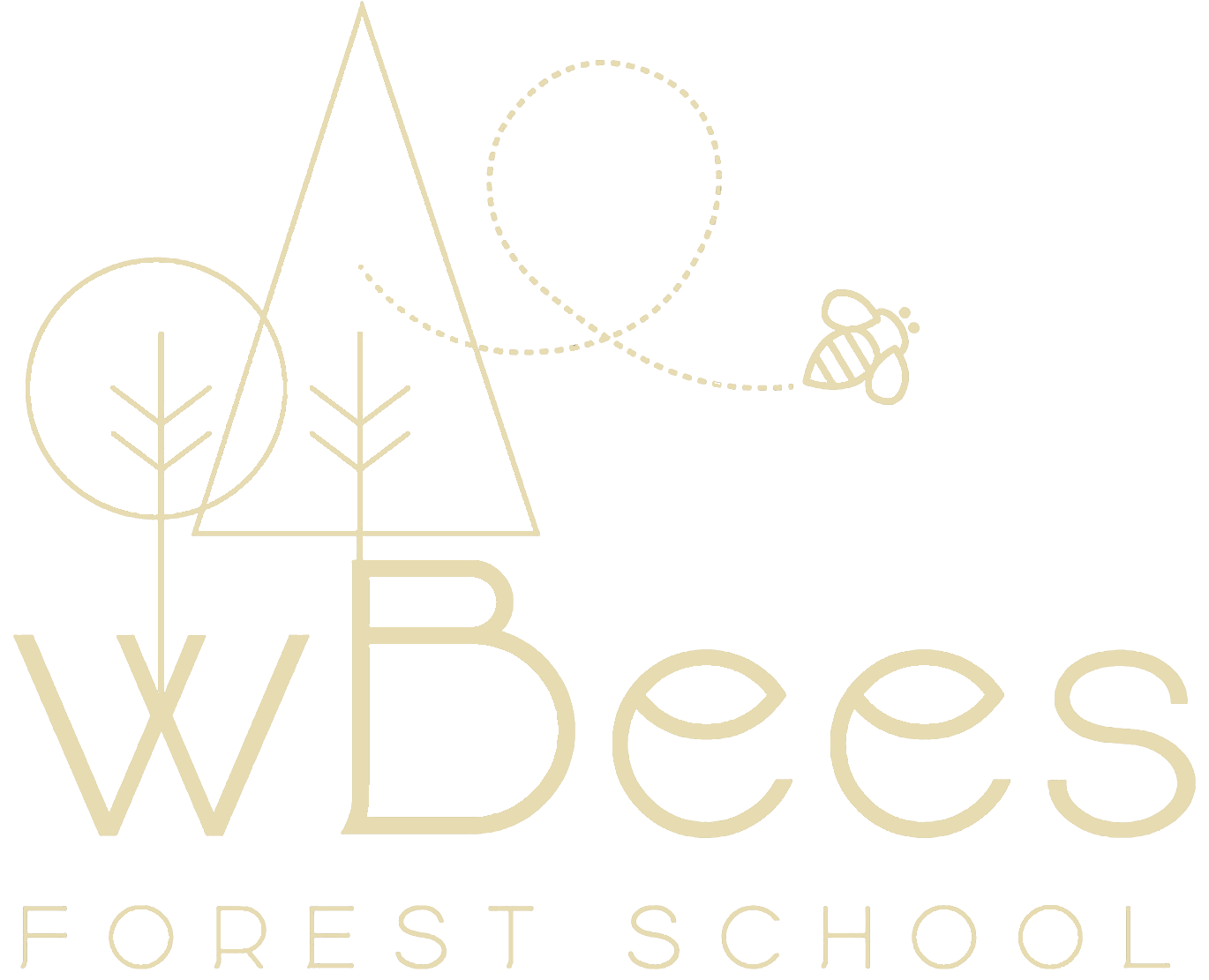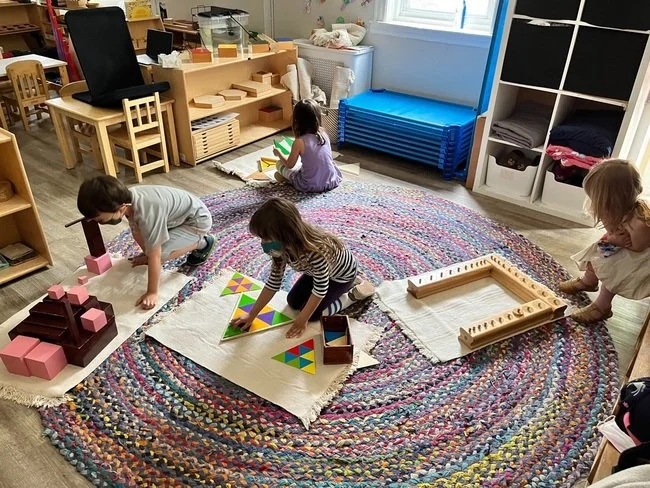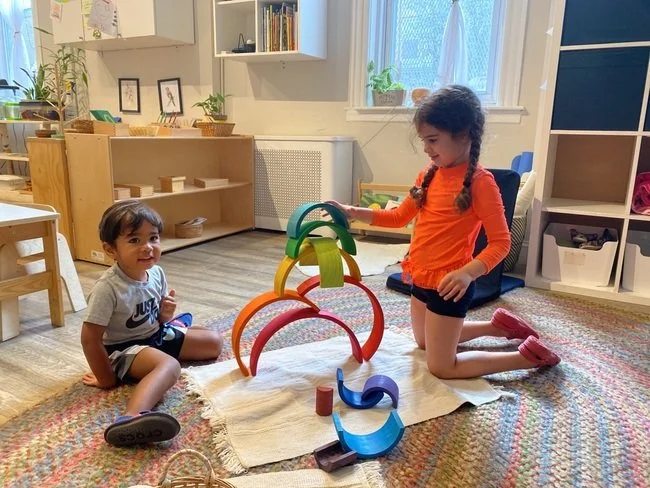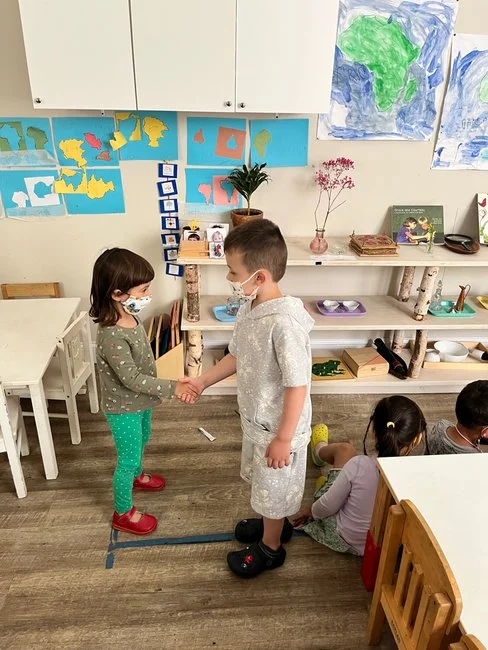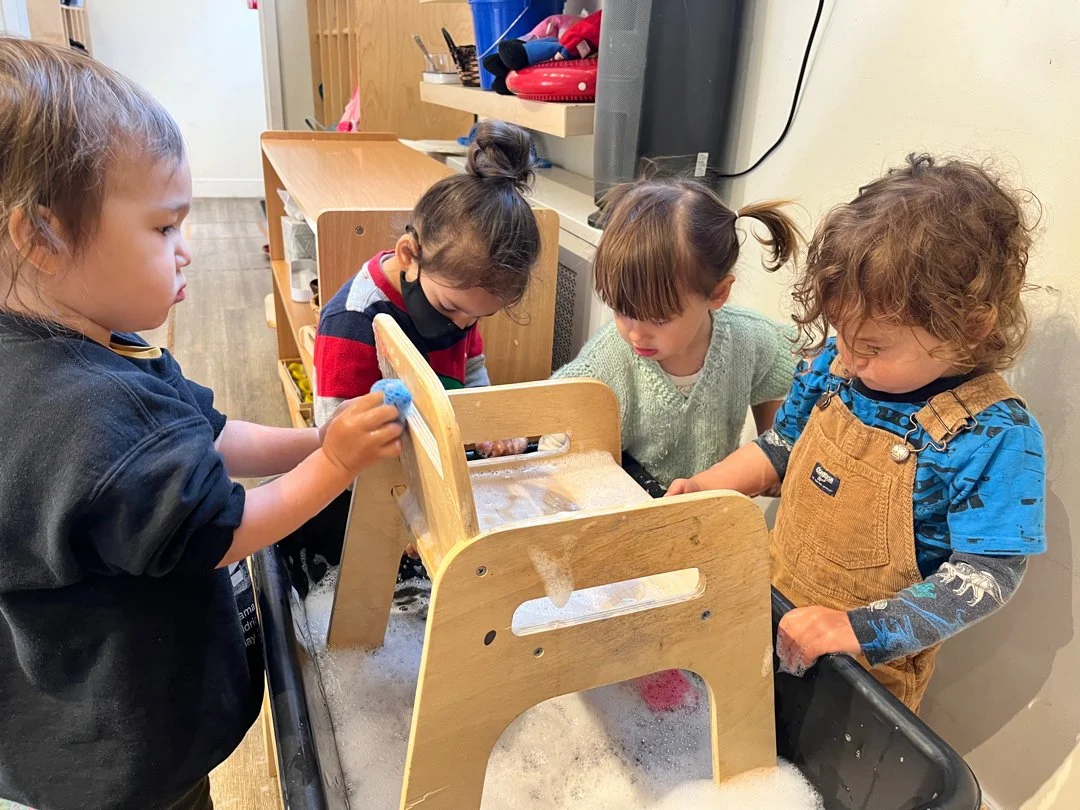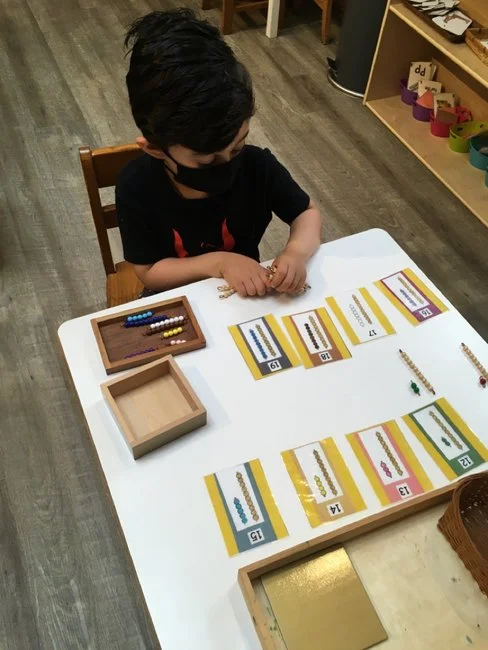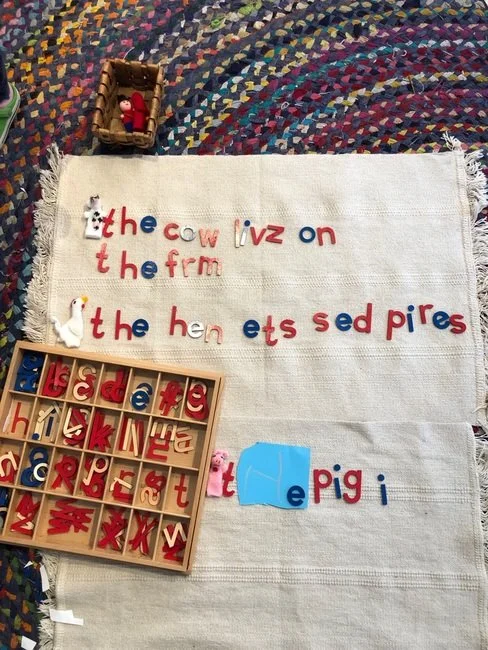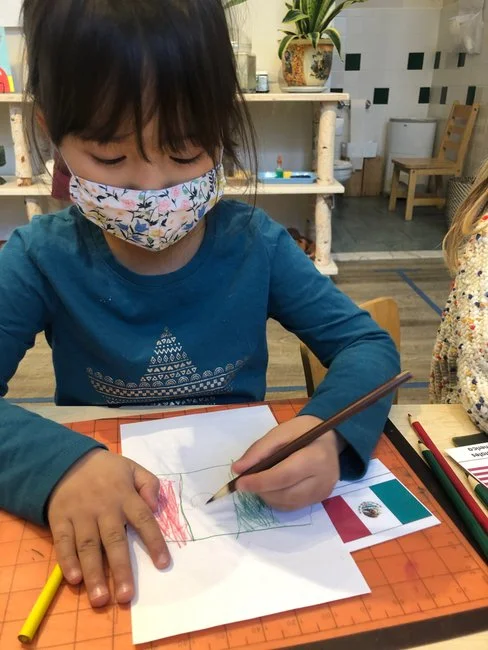The Montessori Method
As we observe children, we see the vitality of their spirit, the maximum effort put forth in all they do, the intuition, attention, and focus they bring to all life’s events, and the sheer joy they experience in living.”
- The Child, Society, and the World, 1989
Dr. Maria Montessori (1870-1952) founded the Montessori Method based on her profound work and observation of children. She saw early on that young children have an innate desire to learn, be independent, and have a great capacity to be active members of their community. Based on these principles, her pedagogy focuses on the essential skills of independence, focus, critical thinking, asking questions, creativity, and resilience during challenging times.
Dr. Montessori strived to bring education into each child's hands by allowing them to be active learners in their environment and positioning teachers as guides. The materials that frame the Montessori Method are meant to be self-correcting by providing instant feedback and allowing the child to problem-solve independently. As children develop their agency, it reinforces their self-esteem and their personal identity, allowing for holistic development throughout the learning process.
Along with cultivating each child’s independence, Dr. Maria Montessori also recognized the importance of appreciating each child’s learning pace. By understanding that each child learns in distinct manners and has their own pace, we are able to appreciate each milestone achievement and utilize the Montessori Method to cater to each child’s interests and needs.
Dr. Maria Montessori was not only a revolutionary scholar and leader in education but also in social justice and human rights. These values live within her pedagogy by teaching the significance of respect for others, care for the self and environment, and taking on personal responsibility. Montessori teaches us to raise our voices, help one another, and promote peace and equity in all that we do.
The Montessori Curriculum
wBees has an integrated and individualized curriculum. Each class provides a robust assortment of open-ended and structured hands-on activities, which can be used individually or collaboratively with classmates as desired. Physical, social, emotional, and intellectual growth occurs as children explore materials and develop skills in our curriculum areas. Each classroom offers thoughtfully designed areas dedicated to each content area: sensory-motor, practical life, math, literacy, and culture, with art, music, and motor activities are interwoven. Teachers plan and implement highly individualized learning paths for each child through observation and interaction.
SENSORY-MOTOR materials give children opportunities to explore through their senses and develop an understanding of their environment. These concrete materials can be used in either an open-ended or structured manner and typically consist of blocks and graded components which children arrange in various patterns. One-to-one correspondence, ordering and classification are among concepts developed in this area. Sensory-motor activities lay the foundation for math concepts and writing preparedness.
PRACTICAL LIFE materials are structured projects and activities related to caring for oneself (dressing, combing, etc.) and one’s environment (cleaning, washing, gardening, etc.). Control of movement (pouring, squeezing, twisting, etc.) and grace/courtesy (greeting, helping, thanking, negotiating, etc.) are also developed through these activities. Practical life projects reinforce critical thinking, problem-solving, independence, sequencing, organization, concentration, and small/large motor development.
The classic Montessori MATH materials are structured, goal-oriented and divided into the following categories: 1–10, 11-20 (teens), tens, 1–100, addition/subtraction and multiplication/ division, and the decimal system. Math operations and concepts (e.g., nonstandard measurement and estimation) are interwoven into children’s everyday activities (e.g., dividing snack into portions or figuring out how many placemats are needed for lunch).
Our classrooms swim with oral and written LANGUAGE as children learn letter sounds, talk about plans and discoveries, and write about their finished work. Each classroom has a library and dramatic play activities. We read aloud every day—one-on-one and in small or large groups. Children “read” to each other by reading through pictures, recalling from memory, or a combination of these strategies. All children develop the foundational skills for writing by strengthening their pincer grasp, gaining familiarity with a variety of writing implements from brushes and crayons to pencils, and making marks on paper surfaces. Classrooms also have a wide range of structured visual and auditory perceptual and phonemic activities.
Each classroom has activities devoted to CULTURAL awareness and broadening a child’s understanding of the world around them. Concepts involving science, nature or geography are explored through maps, magnets, electricity, leaves, anatomy, chemistry and other units. Many of the units tie in with the nature-based themes that surround our school and classrooms.
